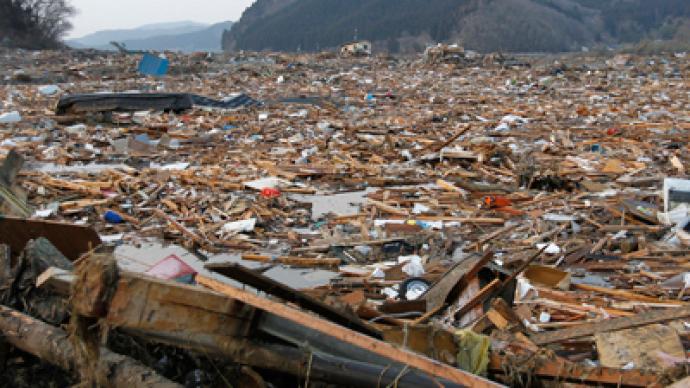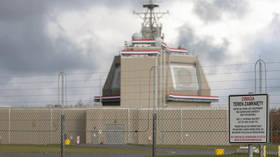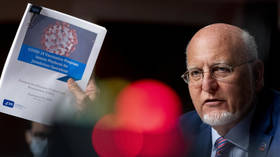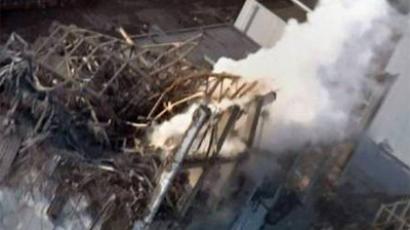34-meter tsunami may hit Japan after megaquake – report

Japan's Pacific coastline may be hit by an enormous tsunami, should a major earthquake occur off the coast of the country's central island. This is the scenario feared - and expected - by local specialists.
A special Cabinet Office panel warned of the possibility Saturday, after it revised its 2003 estimate, reports the Kyodo news agency. The new revision reflects new findings from the March 2011 earthquake that triggered a massive tsunami and the world's worst nuclear crisis in 25 years.Back in 2003, the panel was sure that Japan would never see a tsunami more than 20 meters high. The new report, however, is based on the assumption that the earthquake will have a magnitude of 9.0 and will occur on the Nankai Trough. The oceanic fault runs east of the central Japanese island of Honshu and is 900 km long. Moreover, this trough is one of the most probable places for an earthquake of such magnitude to occur in the coming decades, local specialists believe.The waves generated by 9.0 tremor would hit areas from Kanto to Kyushu, with waves as high as 34.4 meters. Areas in Shizuoka, Kochi and Miyazaki prefectures may see waves as high as 10 to 20 meters. Urban areas of Tokyo may be hit by a tsunami up to 2.3 meters high, however the village of Niijima in the Izu Island chain, which is administered by Tokyo, could face deadly waves up to 29.7 meters.What is worse, if the tremors were to continue for three minutes, some areas would be struck by a tsunami even before the tremors stop, adding to the potentially devastating outcome, said the panel. While the panel will continue to study the potential extent of the damage in the event of such an earthquake, the Japanese government faces a hard task of re-examining its emergency measures based on the new estimates.The last such earthquake at Nankai fault happened in 1946, with a magnitude of 8.1. The tsunami triggered by the quake destroyed over 35 thousand homes.Meanwhile, on Friday, a research team under the Education, Culture, Sports, Science and Technology Ministry has completed a five-year report. The report found that if a 7.3 magnitude quake hit Tokyo, some parts of the city and surrounding areas would be shaken at level 7 on Japan's seven-point "Shindo" scale of seismic activity, Reuters reports. The Shindo scale measures ground motion at a specific place and points to the likely impact on people and structures. The government has put the chances of a magnitude 7.3 quake centered in the north of Tokyo Bay at 70 per cent over the next three decades, and has estimated there would be about 11,000 casualties and 850,000 buildings destroyed.The study concluded that the tectonic plates seen as the focal point in a quake were 10 kilometers shallower than previously estimated, making any impact more severe.Professor Kazuki Koketsu of the University of Tokyo's Earthquake Research Institute, which heads the ministry team, urged citizens of Tokyo to prepare for the disaster.Japan is situated on the "Ring of Fire," an arc of volcanoes and oceanic trenches that partly encircles the Pacific Basin. This region accounts for about 20 per cent of the world's earthquakes of magnitude 6 or greater.














